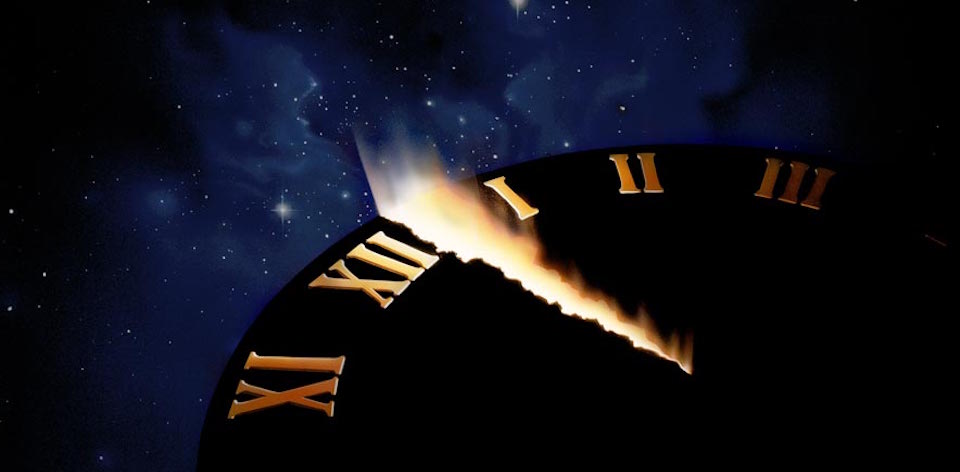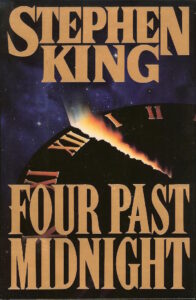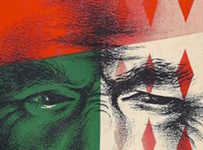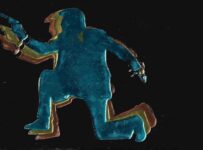Welcome back to the feature column that explores Stephen King’s books in the order they were published…sort of! King’s second collection of novellas is pure horror – and a little familiar.
WARNING: this article is way past spoilers.
“Well, look at this – we’re all here,” says the master of horror by way of introduction. “We made it back again. I hope you’re half as happy to be here as I am.”
The same could be said for this Constant Reader – and less than constant writer. While it’s only been just over a month since I last checked in to the Inconstant Reader saga, with a not-so-little tome called The Dark Half, time seems to be going a bit wrong. The month of September felt somehow longer than most, but I also can’t help shake the feeling that we just finished August. Or was it March? We may never know.
Which brings us to this month’s Stephen King pick, 1990’s FOUR PAST MIDNIGHT. Like Different Seasons, it’s a collection of novellas that don’t entirely have a home elsewhere. If Different Seasons was Stephen King’s proof positive that he can write culturally influential material outside of horror, then this is a reminder of his greatest hits. As King puts it, “all four of the tales in this book are tales of horror.” Ostensibly written during King ‘retirement period,’ for any other writer any of these tales would be a standalone volume.
Take the opening gambit The Langoliers, for example, a story that’s well over 300 pages. One of King’s more successful ‘science fiction’ stories, dealing with time travel in this case, it’s all about character. Structurally it’s a bit like The Mist: a group of unlikely folks gather in a confined space while the world goes a bit wonky outside. There’s even a nutjob who is making it decidedly difficult for our hero, off-duty airline pilot Brian Engle. It’s a solid opener that intrigues more than it straight-up frightens, but it’s also one of the strongest of the bunch. (The same cannot be said for the mini-series of the same name, starring Cousin Balki as a direct-to-video Patrick Bateman).
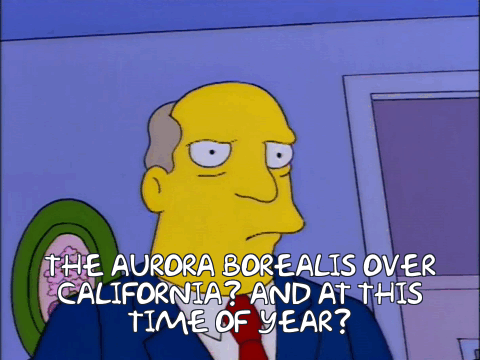
It really is time travel.
Next up is Secret Window, Secret Garden, which feels incredibly familiar. Not just because it was turned into a film with Johnny Depp but because I feel as though I’ve read it before. Just last month in fact. Yup, the (other) Dark Half sees a writer’s darkest fears come to life when he’s accused of plagiarism by a hillbilly. As the paranoia and otherness of his accuser heats up, it would be an incredibly tense mystery if it didn’t feel like a literal retake of The Dark Half. I guess Mr. King and Mr. Bachman still had some unfinished business.
The Library Policeman cuts where it hurts for me. It’s about the dark fears people have of librarians and, as a career librarian, I’m aware that ‘library anxiety’ is a real thing. Still, I remain unaware of a secret police force at our disposal. It’s a problematic story though: overlong and a little too dark at times. The denouement involves memories of a traumatic child rape as well which is as uncomfortable to read as I hope it was to write. The creature under the librarian’s mask is an emotional vampire feeding on fear, the kind that. If you were in doubt, check out this passage:
“She has to take lives to get through her time of change…There’s something not human, some it hidden inside her skin. It’s inside…but forever an outsider.”
Sound familiar? So the working theory is that librarian Ardelia Lortz is some kind of ancient eldritch creature like a Dandelo/Pennywise thing, or at least a similar kind of interdimensional creature that terrorised the children of Derry. (Similar creatures were spotted in The Dark Tower and perhaps even The Outsider).
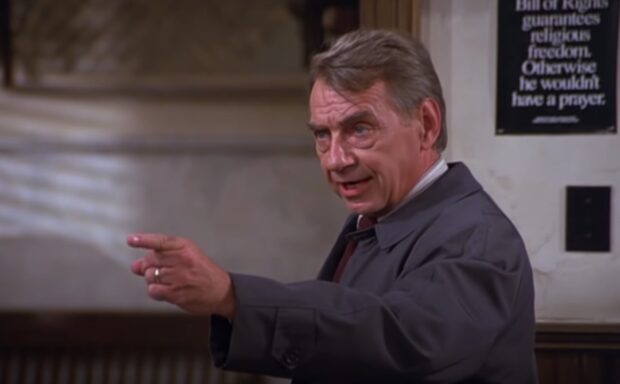
The Sun Dog is hands-down my favourite of the bunch and makes a solid case for its own film adaptation. Set in Castle Rock, it’s arguably the most overtly Kingian of the crop. A young boy gets his hands on a Polaroid camera (the Sun 660 of the title) from Reginald “Pop” Merrill (who you might recall as the uncle of “Ace” Merrill’s from The Body and later Needful Things). When he starts taking photos, he spots an angry looking dog in all the images – and he’s getting closer. Apart from being creepy as hell, this also serves as the middle chapter (King calls it a bridge) between The Dark Half and Needful Things. They were meant to be the final word on Castle Rock, but King could never completely stay away from it.
These stories have two major things in common. Thematically, they are linked together by playing with the inky horrors that lurk just on the fringes of our mind, irrationally keeping us awake at night. All four deal with those terrors becoming manifest, whether it’s the stories of the bitey Langoliers Craig Toomy’s cruel father told him as a child, guilt and paranoia personified, or the lurking dread that the library cops are out to get you. Indeed, Sun Dog quite literally has a creature trying to burst through from a two-dimensional world into something more tangible.
The other thread, as we’ve seen, is that each is analogous to other King tales, or at least connected in some way. Whether consciously or not, King has reworked The Mist, The Dark Half, and It, along with effectively writing a prologue to another novel. All things serve the beam, after all, and there are other books than these.
Which isn’t to say that this is straight retread so much as a distillation of the form. While the two middle novellas in here take a little bit more work to get through, the opener and closer are such great stories. It can also be seen as a farewell to the 1980s, the era of Peak King, and a pathway into a decade that saw even greater experimentation than every before.
Next time, Inconstant Reader takes a look at The Stand, as the Complete and Uncut Edition was released this same year Four Past Midnight. While you’re here, go check out Batrock.net, where my buddy Alex Doenau is running through this Stephen King adventure with me.

